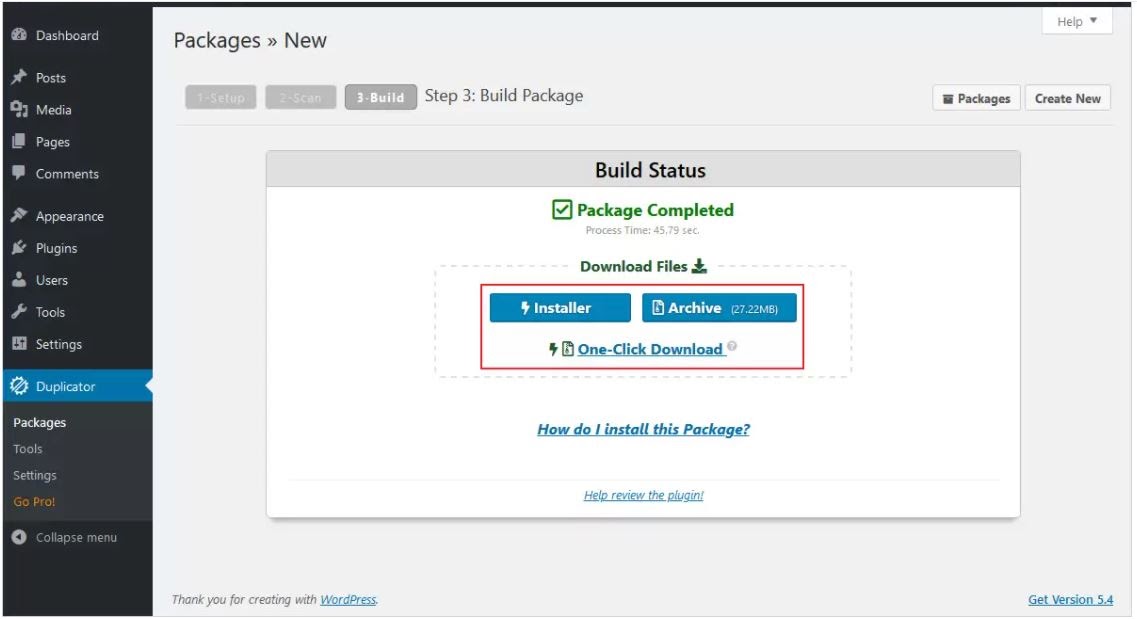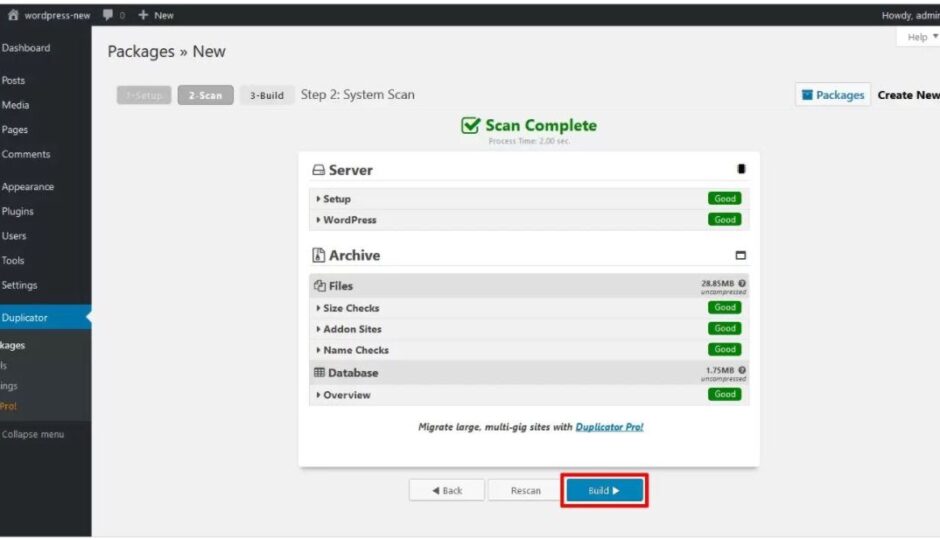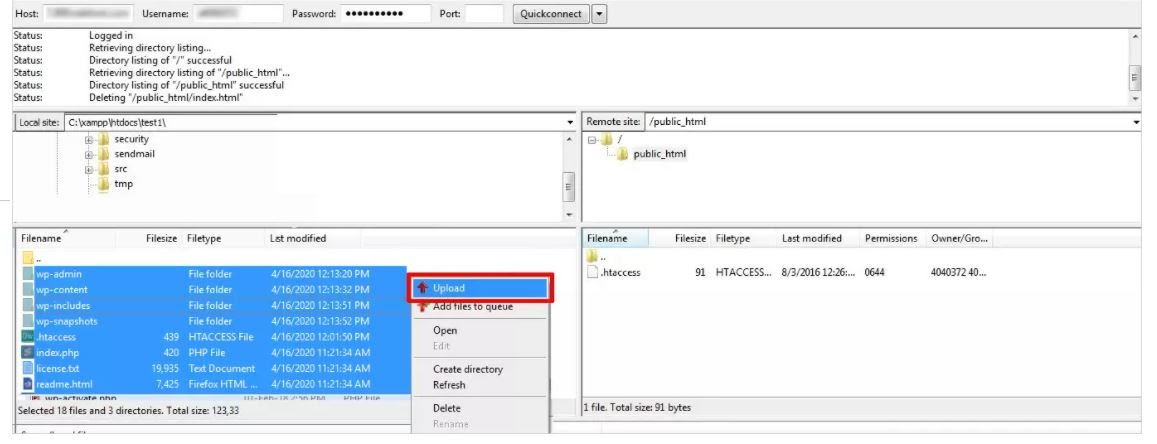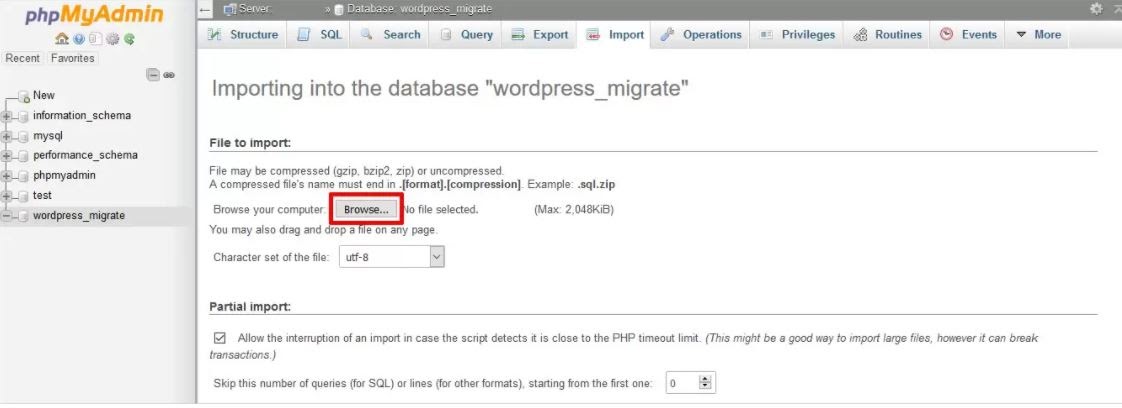How to Move WordPress to New Domain Without Losing SEO?
You put a lot of time and energy into your website’s Search Engine Optimization (SEO). If you want to move your WordPress site to a new domain, naturally you’re going to be nervous about undoing all the work you’ve put in and hurting your rankings. Also, it is possible to move your site with minimal impact on its SEO. While minor fluctuations in your content’s rankings are inevitable when changing domains, there are steps you can take to minimize the effects. Check out how to rank new WordPress content faster with our latest guide for more details on content ranking. In this article, we’ll discuss how to move WordPress to new domain. Then we’ll walk you through some steps for executing this task.
Reason to Change Domain Name
There are several reasons why you might want to change domain names. Here are a few common examples:
- Your business is rebranding from one name to another and you have a new domain name to go along with it.
- Perhaps you were using a less popular top-level domain (TLD) (such as .net or .io) and finally acquired that new and shiny .com for your business.
- You’re merging multiple properties into one domain.
- Your old domain is suffering from a site-wide penalty and you need to start from scratch.
How to Move WordPress to New Domain?
Before starting the moving process, it is very important to understand that it can have a temporary impact on your SEO ranking and other marketing aspects. However, setting up the 301 redirects correctly can minimize those impacts. I assume you already have a web hosting account, database, and you are familiar with the use of FTP.
There are mainly two ways to do it, these are:
- Using Duplicator Plugin
- Manually
Move to New Domain Using Plugin?
Using Duplicator Plugin can speed up the backup of your website for moving to a new domain. It is available for free and makes the process of migration easy.
Follow these steps to move your WordPress site to a new domain using the Duplicator plugin.
Go to your WordPress Dashboard, locate Plugins > Add New.
Search for WordPress Duplicator Plugin in the search bar. Click on the Install now button and activate it.
Now export your WordPress site using the Duplicator plugin.
- Go to the Duplicator menu located on the left side of your WordPress Dashboard.
- Navigate to Packages and click on the Create New button to build a new package.
- Then click on the Next button to start setting up.
- Then click on the Build button to scan.
- After the setup process is completed, you will receive two files: Installer and Archive, download both of the files on your local machine.


Create a new database on your new domain’s hosting panel.
Then, move/upload the Duplicator files of your WordPress website to your new domain. For that, you need to connect to your domain name using an FTP client and make sure your website’s root directory is empty.
Then, upload the archive and installer file you stored earlier to the root directory. Wait for both of the files to finish uploading.
Now, open a new tab and enter this URL to launch the Duplicator migration wizard: http://example.com/installer.php (here replace example.com with your new domain name).
- Check the terms and conditions and click on the Next button.
- Enter your WordPress database information in the installer.
- Enter the details of your existing database and click on the Next button to continue.
- Now, the duplicator will start unpacking your WordPress database backup from your zipped files into your new database.
- Now, it will ask for the updated site URL. Usually, it detects automatically, but in case it doesn;t, you can also enter it manually and then click on the Next button to continue.
- Duplicator will now finish the migration. Click on the ‘Admin Login’ button to go to the admin panel of your WordPress site on the new domain.

Now fix your 301 redirects for better SEO and user experience. Connect your old site using FTP and edit the .htaccess file to automatically redirect users and search engines to your new domain name. Go to your root directory and open the .htaccess file to paste the following given code:
#Options +FollowSymLinks
RewriteEngine on
RewriteRule ^(.*)$ http://www.newsite.com/$1 [R=301,L]Note: Insert your new domain name in place of newsite.com
Now, inform Google about moving your WordPress to a new domain.
- Add your domain name to the Google Search Console.
- Then, switch to the old version of the Google search console by clicking on Go to the old version menu.
- After that, click on the Settings icon, you will see a list, click on Change of Address.
- On the next screen, click on the Check button to test if 301 redirects are working properly and confirm verification.
- Lastly, click on the Submit button to send your address change request.
Lastly, make a public announcement about your migration. You can do it by sending a newsletter to your subscribers or publishing a Press Release. You can also take the route of social media announcements for your followers. By doing so, you can also ask your users to let you know if they are facing any issues or bugs and you can solve them immediately.
Move to New Domain Manually
You can also move the WordPress site using a manual method. Follow these steps to learn how to move a WordPress site to a new domain manually:
Open your WordPress site to see if it’s working properly.
Now download your website files to create a backup of both your website files and your database. Download and save your website files on a local machine and also save a copy of the files in a separate folder for sake of safe backup.
- Open your existing control panel and click File manager
- Then select all to save all the files
- Now download all the files on your local computer in zipped format.
Now, export your database with phpMyAdmin and make a copy of the exported SQL file in a different folder on your local machine as a backup.
After that, log in via FTP and upload your backup to the webspace of your new domain. Unzip your backup after uploading it.

Now, import the .sql file of your database to phpMyAdmin.

Once you successfully import your database, navigate to the table named wp-options in the menu to the left.
Now you need to update the location of your site in the database. Follow the given instructions:
- Navigate to site URL and home in wp_options, you might find these records at the top of the table on lines 1 and 2.
- Click the field under option_value and replace your old domain name with the new one for site URL.
- Press enter to save and repeat for home.

Next, replace the login details from your old domain to your new domain while moving WordPress by updating connection details as given in wp-config.
If you encounter any 404 error, it means your permalinks are broken. Follow these easy steps to fix this problem:
- Log into your WordPress Dashboard.
- Go to Permalinks under the Settings
- Make the required changes and click on the Save button.
Take care of your site’s SEO by setting up permanent 301 redirects. To set up a permanent 301 redirect, connect to your old site using FTP and edit the .htaccess file in your root directory. You will find this file in the same directory as your wp-includes or wp-admin folders. After opening the .htaccess file, paste the following given code at the very top:
RewriteEngine on
RewriteRule ^(.*)$ http://www.newsite.com/$1 [R=301,L]Important note: Enter your new domain instead of newsite.com in the above code
After applying these changes correctly, your site will automatically be redirected to the new site. In case it doesn’t, it means the redirection is not set up properly. In that case, you need to reach out to your web hosting support to get RewriteEngine turned on.
Now, check your site on your new domain. If everything is working as originally intended, then you have successfully moved your site to the new domain. However, you still need to make some manual fixes.
Move Your WordPress Website to New Domain Now!!!
Moving a WordPress website host or domain without losing SEO isn’t an easy task. But if you consider all the points mentioned above, things can become easier for you. Don’t ever forget to create backups as it can result in losing all the content.
Also, after setting up the new site, you can notify your users about the move by writing a blog post and asking them for feedback.

Leave a Reply